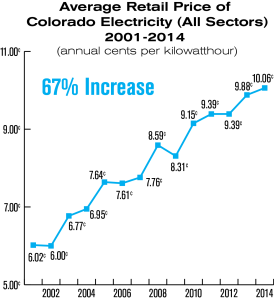
A large portion of us knows all about specific sorts of electrical energy stockpiling or ESS. On the off chance that you’ve at any point utilized a family battery or driven an electric vehicle, you know that it’s feasible to store electrical energy in a structure that can be utilized some other time. In any case, as the nation faces an expanded burden on its power networks —, for example, the power outages that hit the Texas Electricity plans in Houston matrix in 2021 — energy capacity is a higher priority than at any time in recent memory. We should investigate how energy capacity innovation functions, which gadgets are best for putting away electric power, and how you can utilize energy capacity frameworks at home.

What Is Energy Stockpiling?
Energy capacity alludes to a physical or compound framework that stores electrical energy for some time in the future. For instance, batteries utilize compound energy, which can then be utilized to drive your cell phone, PC, or electric vehicle. Despite the fact that batteries are the absolute most normal energy stockpiling gadgets, they aren’t the main choices, and they aren’t generally practical for huge-scope projects. Notwithstanding batteries, energy can be put away utilizing gravity, packed air, and different innovations to make utility-scale energy capacity arrangements. Energy capacity frameworks can be utilized to store power off-lattice — for use during blackouts and power outages — or they can be utilized to incorporate more strength into the territorial power matrix to keep it working during seasons of pinnacle interest for power.
Why Is Energy Stockpiling Significant?
Energy capacity is significant in light of the fact that current energy lattices aren’t worked to store power; they’re worked to keep harmony in the organic market. Power lattices should keep a steady recurrence — in the U.S., that is 60 hertz — for power to run as expected along transmission lines. On the off chance that a network creates a lot of force, the recurrence will outperform its furthest cutoff points. In the event that it doesn’t create enough, the recurrence will drop excessively low. The two circumstances can bring about impermanent power outages or horrendous power lattice disappointment. That is the reason power plants might be closed down, or whole areas eliminated from the power matrix, for recurrence guidelines. By integrating energy stockpiling into the power framework, controllers have more choices for keeping the framework in balance. For instance, analysts at Stanford College saw that “framework security could be acquired by connecting together right now accessible batteries with capacity terms of four hours or less.”
What Sort of Energy Is Put away?
Almost any sort of power can be changed over into putting away energy, paying little heed to how it’s delivered. In any case, energy capacity is particularly significant for environmentally friendly power sources like breeze and sunlight-based power on the grounds that their result differs over the long run. Power establishes that a sudden spike in demand for petroleum products like coal and flammable gas can work nonstop, and it’s more straightforward to add and eliminate limits depending on the situation.
Sun-oriented power is more factor since it possibly creates energy when the sun is out, and wind power significantly relies upon the climate. Albeit clean energy sources produce significant measures of force — up to 40% of all the energy utilized in Texas — that power isn’t generally accessible brilliantly. By integrating energy stockpiling frameworks into the power lattice, surplus power could be put something aside for later and added back to the power network when it’s required. That would make for a more steady power supply and keep energy costs low for shoppers.
